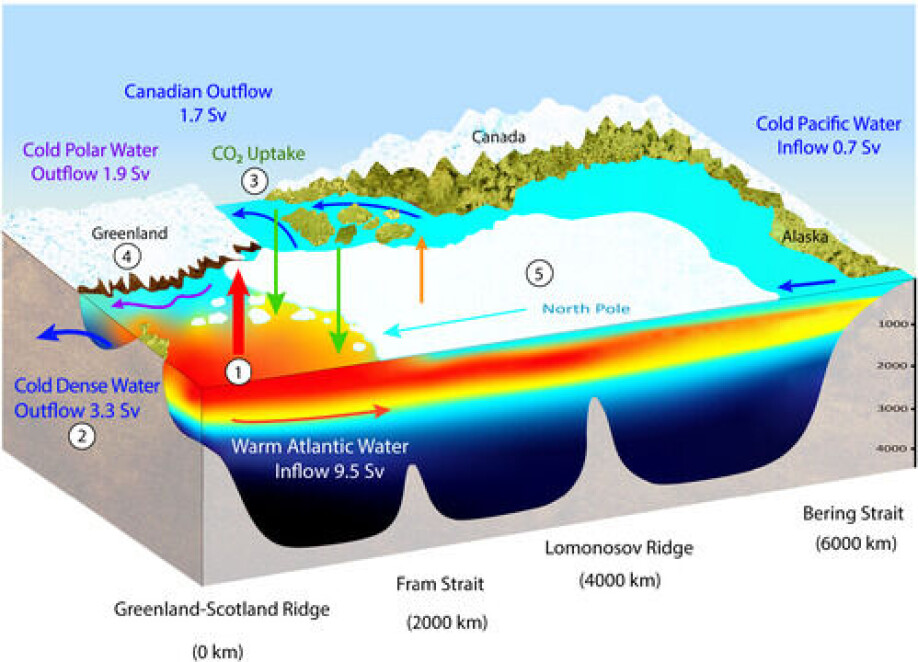THIS ARTICLE/PRESS RELEASE IS PAID FOR AND PRESENTED BY the University of Bergen - read more

The Gulf Stream Extention has increased steadily over the last century
The heat transport into the Nordic Seas has increased steadily in volume and temperature over the last century, according to recent study.
Together with colleagues, Lars H. Smedsrud, professor at UiB and researcher at the Bjerknes Centre for Climate Research, have examined 100 years of research results to see how the ocean transport has evolved.

“It was surprising to find such consistent results that show a steady increase, which entails that the Gulf Stream’s extension into the Nordic Seas has strengthened,” researcher Lars H. Smedsrud says.
Surprising volume increase
With the surprising volume increase, the total heat transport has increased with 30 percent. Smedsrud and his team have examined changes in relation to ice melting in the Arctic, glacier melting on Greenland and CO2 uptake from the atmosphere.
“While we have expected an increase in temperature, there is nothing about global warming that would suggest an increase in volume transport. But the increase is consistent with both stronger winds and declining sea ice covers. In addition, we see an increase in the vertical and horizontal ocean circulation in the Nordic Seas and the Arctic.”

Ocean circulation might weaken in the future
Smedsrud explains that global warming could potentially weaken the vertical part of the ocean circulation in the future, the part known as the Atlantic Meridional Overturning Circulation (AMOC).
“This would affect the Gulf Stream system, but many observations indicate that the horizontal part will stay unaffected, due to declining sea ice covers and increased heat loss to the atmosphere.”
How the ocean circulation will evolve in the future, is still uncertain. However, the study also shows a steady loss of sea ice in the Arctic over the last hundred years, which has allowed stronger uptake of CO2 from the atmosphere.
“During the winter the sea ice isolates the warm ocean from the cold air. With melting sea ice, the heat transfer to the air increases. The air gets warmer, the winters get milder. This is directly connected to the increased ocean heat transport,” Smedsrud explains.
See more content from the University of Bergen:
-
Researcher: Politicians fuel conflicts, but fail to quell them
-
The West influenced the Marshall Islands: "They ended up creating more inequality"
-
Banned gases reveal the age of water
-
Researchers discovered extreme hot springs under the Arctic
-
Tiny particles unlock vinegar’s hidden healing potential
-
“Why doesn't it rain more?” asks researcher





































